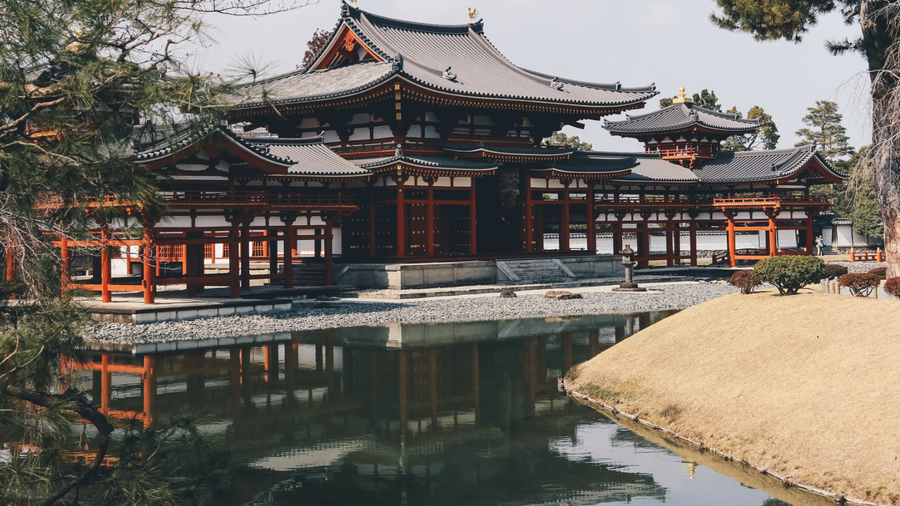· 4 min read
Mastering the Art of Japanese Keigo
A Comprehensive Guide to Honorific Language

Keigo (敬語) is a crucial aspect of the Japanese language, representing the various levels of politeness and respect used in daily interactions. It is essential for anyone learning Japanese to understand and master keigo in order to communicate effectively and respectfully with native speakers. In this detailed and engaging guide, we will explore the different types of keigo, their usage, and practical examples to help you achieve a deeper understanding and mastery of honorific language in Japanese.
The Three Main Types of Keigo
- 尊敬語 (Sonkeigo): Respectful language used to show respect towards others, particularly those of higher status or older age.
- 謙譲語 (Kenjōgo): Humble language used to express humility or modesty when talking about oneself or one’s actions.
- 丁寧語 (Teineigo): Polite language used in formal situations or when addressing someone with whom you are not familiar.
Sonkeigo (尊敬語)
Sonkeigo is used to show respect towards the person you are addressing. It often involves elevating verbs and nouns to a higher level of politeness.
Key Features of Sonkeigo
- Verbs and nouns are often changed to their respectful forms.
- お (o) or ご (go) may be added as prefixes to nouns.
- Verbs may end with 〜ます (masu) or 〜です (desu).
Examples of Sonkeigo
- いらっしゃいます (irasshaimasu) – to be (respectful form of います (imasu))
- おっしゃいます (osshaimasu) – to say (respectful form of 言います (iimasu))
- ご覧になります (goran ni narimasu) – to look (respectful form of 見ます (mimasu))
Kenjōgo (謙譲語)
Kenjōgo is used to express humility or to downplay one’s actions, particularly when speaking to someone of higher status or older age.
Key Features of Kenjōgo
- Verbs are changed to their humble forms.
- The particle が (ga) is often replaced with を (o).
Examples of Kenjōgo
- 参ります (mairimasu) – to go or to come (humble form of 行きます (ikimasu) or 来ます (kimasu))
- 申し上げます (mōshiagemasu) – to say (humble form of 言います (iimasu))
- いただきます (itadakimasu) – to receive (humble form of もらいます (moraimasu))
Teineigo (丁寧語)
Teineigo is used in formal situations or when addressing someone with whom you are not familiar. It is the most common form of keigo used in daily life.
Key Features of Teineigo
- Verbs end with 〜ます (masu) or 〜です (desu).
- Sentences often end with the polite copula です (desu).
Examples of Teineigo
- 行きます (ikimasu) – to go (polite form of 行く (iku))
- 食べます (tabemasu) – to eat (polite form of 食べる (taberu))
- です (desu) – to be (polite form of だ (da))
Tips for Mastering Keigo
- Practice: Use keigo in your daily conversations and practice with native speakers or language partners to become more familiar with the different levels of politeness.
- Study: Review the different forms of keigo and their conjugations, paying special attention to the respectful and humble verb forms.
- Listen: Pay attention to how native speakers use keigo in different situations and try to emulate their language usage.
By understanding and mastering keigo, you will be able to communicate more effectively and respectfully with native Japanese speakers. Moreover, it will help you gain a deeper understanding of Japanese culture and social etiquette, which are integral to your journey in learning the language. Don’t forget to incorporate the practical, real-life conversation examples found in Nichijougo, to further enhance your language learning experience. Good luck and 頑張ってください (Ganbatte kudasai)!